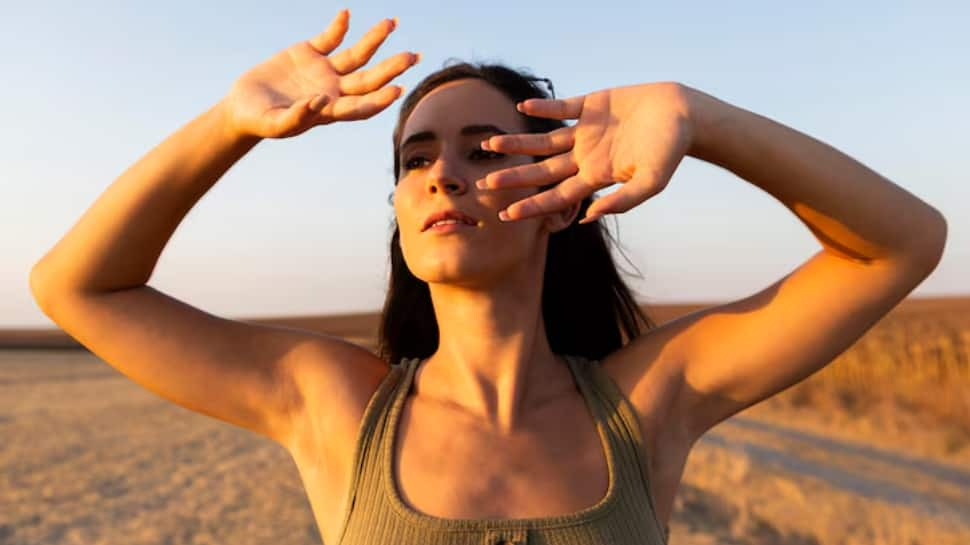Sunlight is vital for overall health, as it triggers the production and storage of vitamin D, a nutrient essential for bone strength and immune regulation. However, while moderate sunlight exposure is beneficial, excessive UV exposure can have lasting negative effects.
According to Dr Sakshi Lalwani, MBBS, MS, DNB (Ophthalmology), FLVP Paediatric, CEDS, Dr Agarwals Eye Hospital, Bandra, “Around 15–20 minutes of exposure to natural sunlight, twice or thrice a day, is sufficient to produce the desired amount of vitamin D. But excessive UV exposure makes one prone to skin cancer, early cataracts, pterygium, macular degeneration, and autoimmune diseases.”
Understanding UV Rays: A, B, and C
Ultraviolet rays are divided into three types: UVA, UVB, and UVC.
UVC is the most dangerous but doesn’t reach the Earth’s surface, thanks to the ozone layer.
UVA and UVB, however, penetrate deeply and can damage skin, eyes, and immune function over time.
“UV rays can cause photoaging, skin cancer, cataracts, eye cancers, and even snow blindness,” Dr Lalwani explains. “Children, in particular, must be shielded from excess UV light exposure.”
ALSO READ | Experts Reveal 5 Hidden Factors Behind Resistant Hypertension You Shouldn’t Ignore
Children and Sunlight: Handle with Care
The American Association of Pediatrics recommends meeting infants’ vitamin D needs through diet and supplements, not direct sunlight.
Dr Lalwani emphasises, “Infants younger than six months should be kept away from direct sunlight. Any exposure must be discussed with your pediatrician.” Parents and caregivers must stay informed about the right balance of light and protection for children.
For Outdoor Workers and Daily Commuters
People working outdoors or commuting daily under the sun are especially vulnerable to UV damage. Prolonged exposure increases the risk of eye strain, cataracts, and macular degeneration. Dr Lalwani advises regular use of UV-protective sunglasses and broad-brimmed hats to shield the eyes and face from direct sunlight.
Smart Sun Protection Methods
Dr Lalwani recommends following these essential steps to protect both skin and eyes:
1. Apply sunscreen regularly, at least 30 minutes before stepping out.
2. Avoid direct sunlight between 12 PM and 4 PM, when UV rays are at their strongest.
3. Wear protective clothing, denim is more protective than cotton.
4. Use hats and sunglasses, wide-brimmed hats are most effective.
5. Promote sun-safe environments, especially in schools, playgrounds, and workplaces.
She adds, “Clouds don’t block UV rays, and tanning beds should be used sparingly. Always remember, prevention is better than cure.”
Sunlight is essential, but balance is key. Just 15–20 minutes a day can give you enough vitamin D, while overexposure can damage your eyes and skin permanently. As Dr Lalwani concludes, “Protect yourself with sunscreen, shades, and awareness, because UV safety is not seasonal, it’s essential.”

